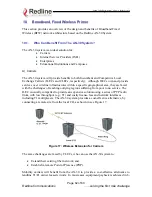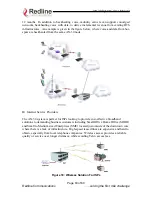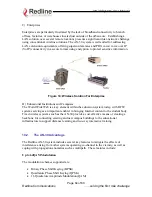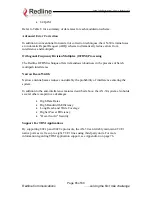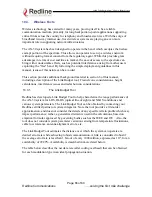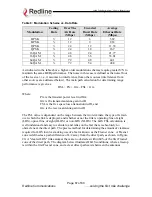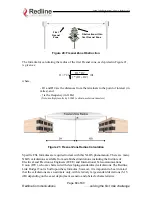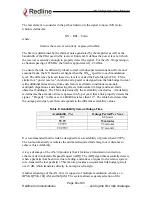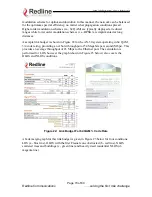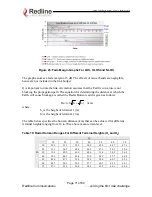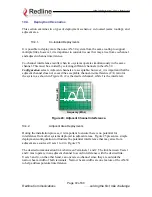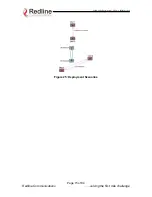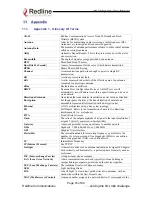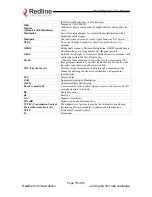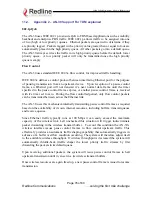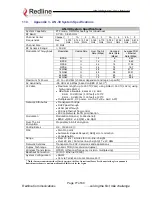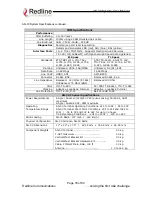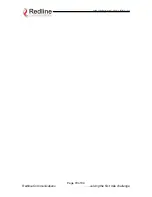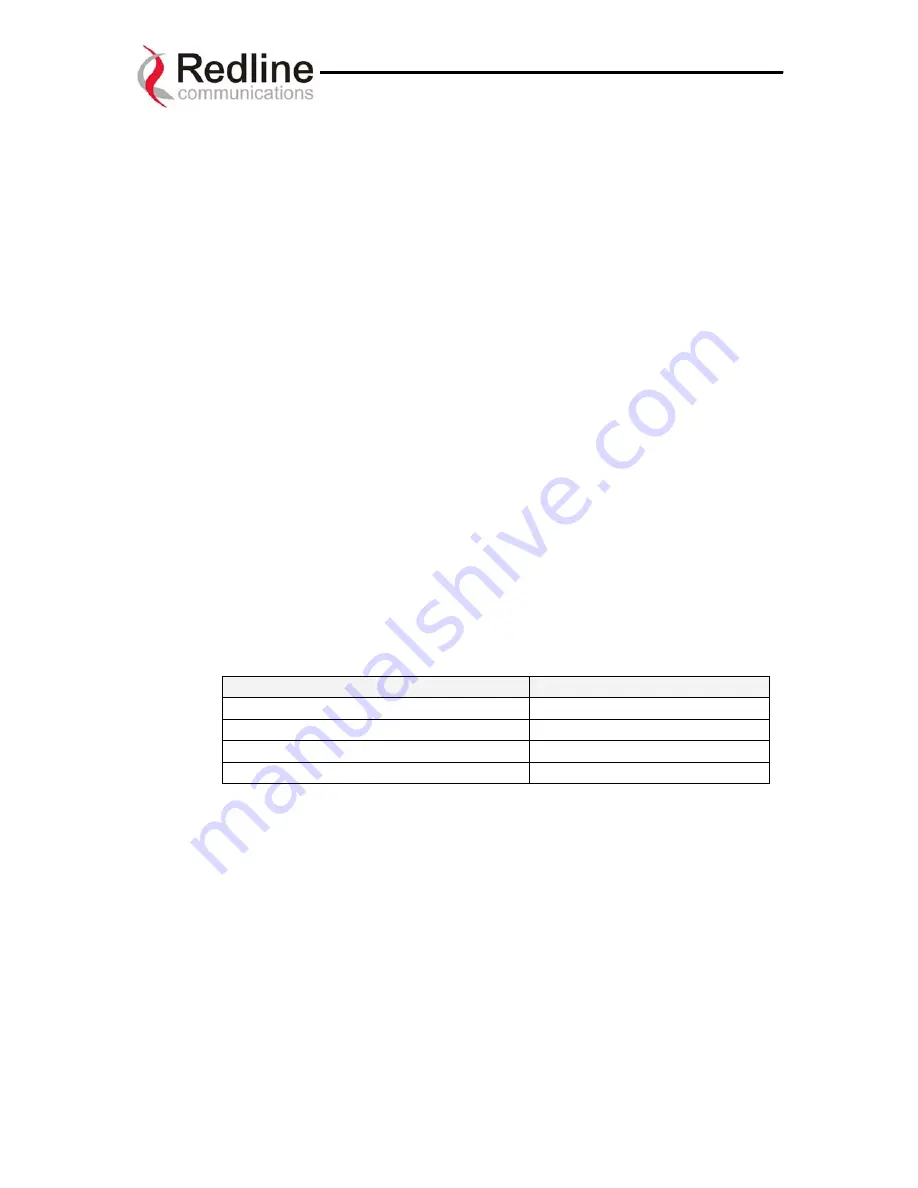
AN-30 System User Manual
The last element to consider in the path calculation is the signal to noise (S/N) ratio,
which is defined as:
S/N = RSL – Smin
where,
Smin is the receiver sensitivity expressed in dBm.
The Smin is determined by the thermal noise generated by the amplifier as well as the
bandwidth of the filter used in the receiver front end. It defines the power level at which
the receiver is sensitive enough to properly detect the signal. For the AN-30 operating in
a channel spacing of 20 MHz, the Smin is approximately –96 dBm.
To ensure the link is sufficiently robust to deal with unexpected attenuation effects and
seasonal fades, the S/N must be set higher than the S/N
min
specific to each modulation
level. The difference between these two levels is called the Fade Margin (FM). FM is
similar to a "power reserve", in which extra power is designed into the link budget to deal
with additional fades arising from such factors as climatic conditions (seasonal),
multipath dispersions, and shadowing effects from natural (foliage) and man-made
obstacles (buildings). The FM is determined by the availability one desires. Availability
is defined as the amount of time (expressed in % per year) that a link properly detects the
signal. "Properly” in this case is a BER that is less than 10
-9
. The table below describes
the outage period per year that corresponds to the different availability values.
Table 9: Availability Versus Outage Time
Availability (%)
Outage Period Per Year
99.9 8.8
hours
99.99 53
minutes
99.999 5.3
minutes
99.9999 32
seconds
It is recommended that the link be designed for an availability of greater than 99.99%.
The tool automatically calculates the estimated required fade margin over distance to
achieve this availability.
A key advantage of the AN-30 product is that it features a transmission correction
scheme called Automatic Repeat Request (ARQ). The ARQ algorithm essentially detects
when a packet(s) has been lost, due to fading, and makes a request to the remote system
to re-transmit the lost packet(s). This feature provides an equivalent link budget gain of
over 5 dB, which translates directly to an improved margin.
Another advantage of the AN-30 is its supports of multiple modulation schemes, i.e.,
BPSK, QPSK, 16QAM, and 64QAM. The system allows separate selection of the
Page 69 of 80
Redline Communications
…..solving the first mile challenge








